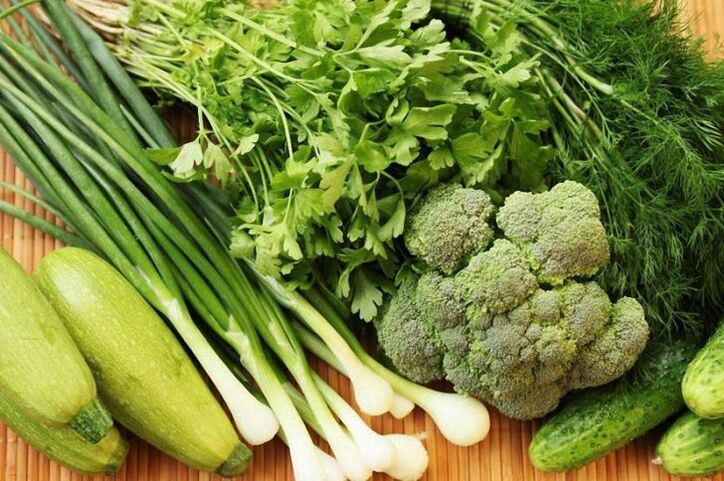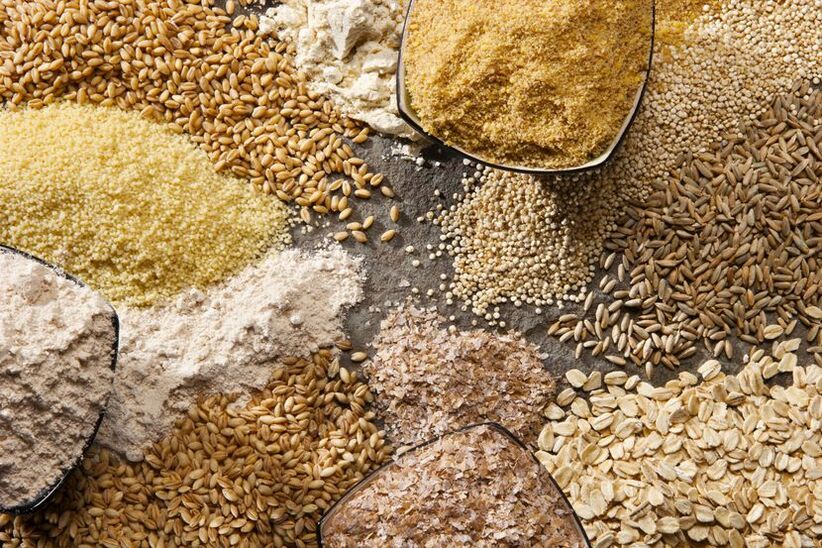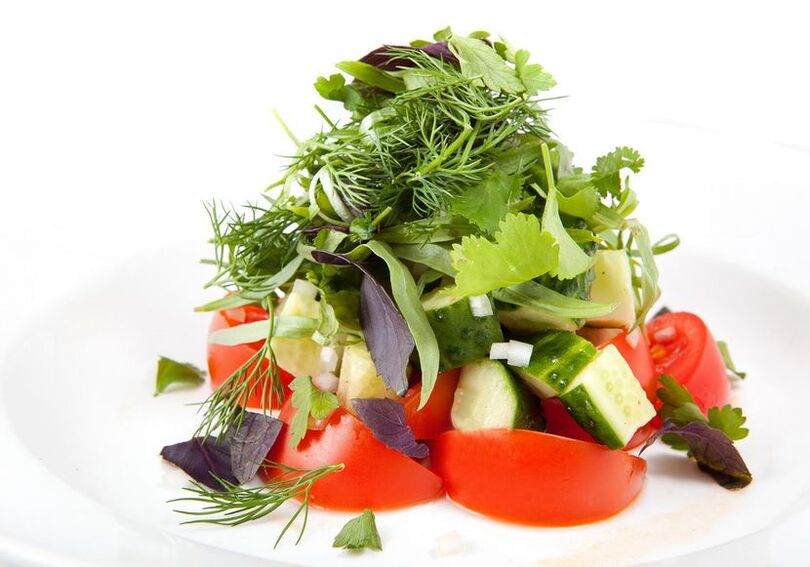
Allergies are considered to be a disease of our time, manifested as increased sensitivity to certain substances, products, and materials. The most common types of allergies are: pollen, dust, food, drugs, animal dander, insect bites.
In order to relieve the physical condition, as the allergies worsen, there are two ways: take medication, or follow a hypoallergenic diet. Regardless of the type and severity of the allergy, whether it is sudden or chronic, in the form of atopic dermatitis, the diet will be equally effective. Allergies are a serious physical illness, and you need to see a doctor.
Recommendations for hypoallergenic diets are only a small part of what you can do on your own.
Hypoallergenic diet menu
People who adhere to this diet can eliminate foods that cause allergic reactions.
According to the research of nutritionists, all products are divided into three groups: hypoallergenic, moderate allergenic and high allergenic.
Healthy foods that allow allergies:
- All types of grains, except corn,
- biscuits,
- All types of dried fruits,
- Unleavened dough products,
- Green or yellow vegetables and fruits. These are asparagus, cucumbers, apples, cabbage, vegetables, yellow cherries, gooseberries, pears,
- Candied fruit, jelly and green jelly,
- Red meat,
- Dairy products,
- butter.

Foods that should be consumed with caution:
- Orange or red fruits and vegetables, as well as their jellies, juices and compotes,
- Grenades,
- Chicken and eggs,
- Strawberries, raspberries, strawberries,
- Fish and caviar,
- nut
- horsemeat,
- melon,
- Black currant and red currant.
All types of allergic foods are strictly prohibited:
- All citrus fruits, except lemons,
- mushroom,
- milk,
- Honey,
- Shop sweets,
- Chocolate, coffee, cocoa,
- Lamb, veal, turkey and rabbit,
- olive oil,
- Any bacon,
- Celery sorrel,
- Smoked, canned, salted, pickled and spicy foods,
- Alcohol.
Of course, you cannot eat one kilogram of cucumber or apple at a time, this is allowed in the diet. Even an absolutely healthy body responds completely unexpectedly to this load, and manifests itself in the form of allergies. Everything should be in moderation. The best solution is to split meals so that the occurrence of possible allergies can be tracked.

Sample menu for a 7-day hypoallergenic diet
first day
- breakfast: Cottage cheese with sour cream and sugar, tea.
- dinner: Vegetable soup, a slice of boiled beef, green apple, kefir.
- dinner: Buckwheat porridge, stew, jelly.
the next day
- breakfast: Oatmeal, add butter and dried fruit, green tea or black tea, to choose from.
- dinner: Vegetable soup, boiled pork, preserves.
- dinner: Rice porridge, steamed meat pie, yellow apple, kefir.
The third day
- breakfast: Sandwiches with cheese and butter, tea, yogurt.
- dinner: Vegetable soup, a slice of beef, candied fruit.
- dinner: Mashed potatoes, braised pork, bananas.
The fourth day
- breakfast: Cooked pasta with butter, tea, and pear.
- dinner: Vegetable soup with meat and dried fruit preserves.
- dinner: Vegetable stew, apples, tea.
Fifth day
- breakfast: Dry biscuits with butter, tea, banana and pear salad with yogurt.
- dinner: Vegetable soup, steamed beef patties, bananas, preserves.
- dinner: Wheat porridge with stew and tea.
Sixth day
- breakfast: Cheese casserole, tea.
- dinner: Vegetable soup, a slice of boiled beef, candied fruit.
- dinner: Buckwheat porridge, yogurt, banana.
Seventh day
- breakfast: Bread with butter and boiled meat, pears, tea.
- dinner: Vegetable soup, steamed pork steak, bananas, preserves.
- dinner: Oatmeal, fresh vegetable salad with herbs, kefir.

The advice of a professional nutritionist
Please pay attention to the fact that you need to drink soup at lunch every day to ensure the normal operation of housing and public services. The basis should always be based only on vegetable broth, as broth can cause allergic reactions.
As snacks, cheese, yogurt, fruits, vegetables are allowed, and tea can be drunk with lemon.
If you stick to this food for at least a week, then you will immediately feel the extra strength. First, due to a healthy and balanced diet, the body will be able to remove toxins and toxins. Second, by eliminating possible allergens from the diet as much as possible, it will become easier to monitor allergic dynamics and draw conclusions for yourself.
Adults can follow this diet for no more than three weeks, and children can follow this diet for up to 9 days. If your health improves significantly at the end of the diet, then you need to gradually add foods that were previously forbidden. For each new product, it should be done every three days because allergic reactions may not appear immediately. This diet is also called a non-specific diet.
In the absence of improvement, gradually eliminate moderate allergies and then hypoallergenic foods. You can only limit your diet under the supervision of an expert. In order to more accurately identify allergies, it is recommended that the doctor write down your diet and the body's reaction to each product in a diary.
You should consider all the body's needs for vitamins and minerals. You cannot overeating, because the excess food particles will not be digested and will only poison the body.
Protein-rich foods must be paired with vegetables. In this case, the fiber they contain prevents allergens from penetrating into the blood.
This diet food is absolutely suitable for all adults, children, and even breastfeeding mothers.














































































